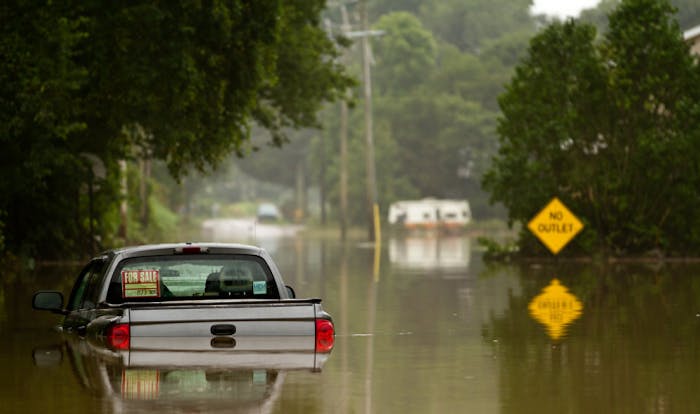Resilient Infrastructure Fund for New York State
Rebuild by Design’s Resilient Infrastructure Advisory Group has authored a report that calls for the creation of a “Resilient Infrastructure Fund” to address the physical and social vulnerabilities exposed by increased flooding in New York State.
The new study finds that since the beginning of 2011, every county in New York State has had disaster declarations due to flooding—and 50 percent of counties have been inundated more than five times. Disaster declarations for these 19 events totaled $37 billion in state and federal aid for recovery efforts. With ninety percent of New York State’s population residing in waterfront communities, communities from Niagara County to Staten Island are experiencing the social and physical disruptions that flooding leaves behind. According to NYSERDA, by mid-century economic impacts from climate change in New York state will cost $10 billion annually.
In addition to providing funds to reduce flood risk to transportation and other critical infrastructure, housing, and main streets, the report also outlines ways in which the infrastructure can and should maximize benefits to ecology, public health, and social resilience. The proposed program also supports comprehensive planning to ensure that communities understand their long-term risks so they can direct growth to higher ground and support a comprehensive buy-out program for those areas which we cannot protect and instead need to move out of harms’ way.
Read the full report here (source).

 11 Sustainable Cities and Communities
11 Sustainable Cities and Communities
 13 Climate Action
13 Climate Action